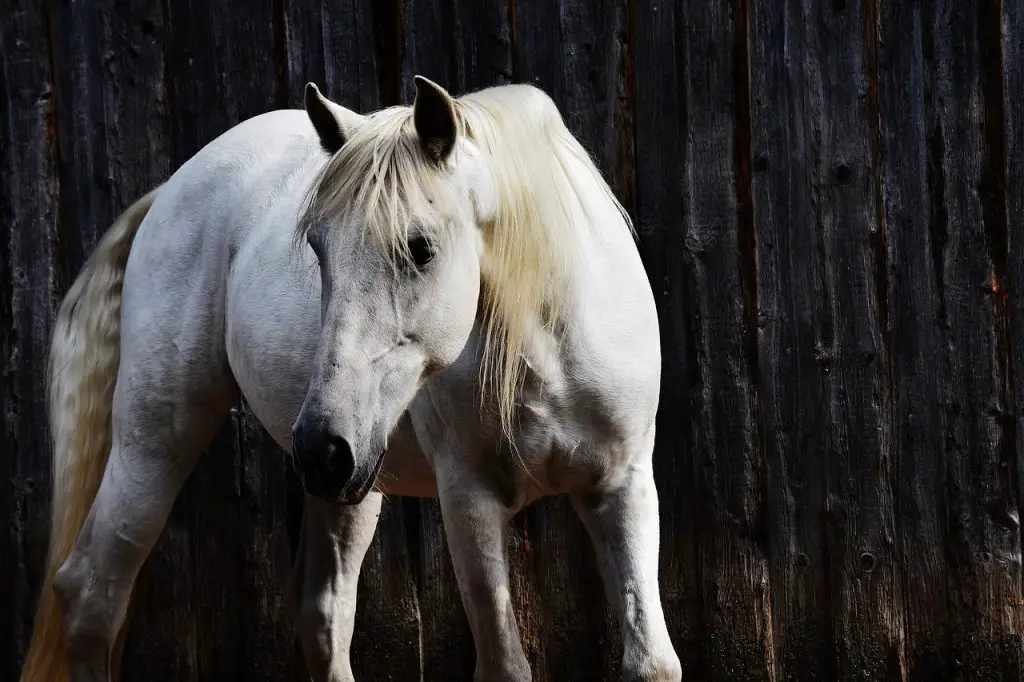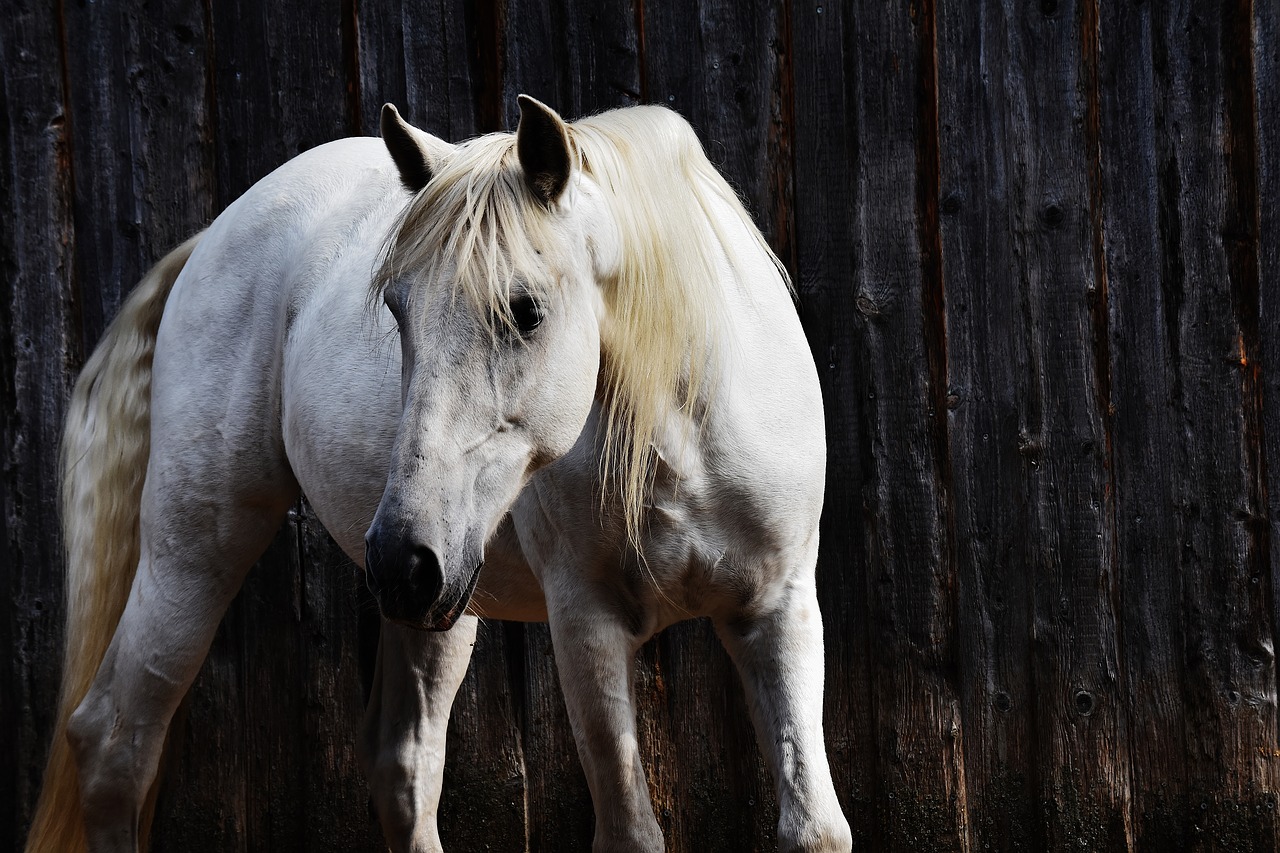Last Updated on March 8, 2022 by Allison Price
You’ve likely learned something over the years from riding, showing, and training horses.
We all fell in love with horses and got involved in the equine industry. Didn’t everyone once dream of living a peaceful, pristine life with our horses? As time goes by, reality sets in and we are constantly faced with a variety of problems, obstacles, and challenges.
Instead of doing what we love, instead we work harder to meet the needs of trainers, clients, employees, insurance, and other professionals. The horse isn’t what we expected. Horse ownership and work requires us to address health, behavior and attitude issues, as well as performance and other abilities. Colic and other serious problems are something we all worry about, but even minor issues can prevent us from being in the ring.
A variety of problems we see in horses are also due to their personality or training. There is no one who doesn’t have to deal with a sensitive or girthy horse. There are likely to be at least a few horses who are anxious, withdrawing, or exhibit barn vices. How often do we see grain in the manure, take a horse off its feed, or deal with hard-working keepers? How often do we have to struggle with horses in training, because they are not willing?

These issues are so common, we can lose track of them and accept them as “the fact it is.” But, when you consider how horses are cared for and fed, is this really surprising? How about if we could address these problems without sacrificing convenience and performance?
It all starts with understanding the basic principles of horse digestion, how we can affect this complex and intricate system and how it affects our horse.
The importance of the hindgut
Due to extensive research and well-known treatments, gastric ulcers have been in the news in recent years. Many people mistakenly associate stomach health with digestive health. Understanding the importance of the hindgut is key to understanding how horses digest food.
Ironically, if it is not even downright harmful, this attention to the stomach is a sign of inattention. The stomach makes up less than 10% of the entire digestive tract. The digestive tract is small when viewed in relation to the horse’s body. It is located high up in the upper abdomen, under the saddle, protected by the spine and ribs and far away from the rider’s heel or girth.The horse’s hindgut, however, is huge and important for its digestive process and health. It houses a large bacterial community that converts fiber into energy. It could also be responsible for many of the current problems.
Franklin L. Pellegrini DVM has done extensive research that revealed the existence of hindgut ulcers. They are quite common. They are most common in performance horses and can be found in horses with gastric ulcers.
It wasn’t a natural phenomenon that there was an increase in stomach and hindgut health issues. These issues developed as our relationship with horses changed. They are a result of how we care for and feed them. We have created the environment that horses live in today, by taking them from their natural habitat and lifestyle.
Yesterday Vs. Today
If left alone, the natural horse will graze on grass for up to 19 hours per day, living in herds with low stress and a relatively calm lifestyle. This lifestyle is supported by the horse. Horses have a small stomach that produces constant gastric acid. Horses eat grass and produce saliva that helps buffer stomach acid. The fiber is fermented by bacteria and other micro-organisms (the colon) in order to extract nutrients.
This is the horse’s primary ingredient of digestion in its natural state and makes most of his energy.
This is the lifestyle of modern horses, especially performance horses. The energy from grass and other forages alone does not meet the energy requirements of performance, as we have discovered. We feed horses a fast-releasing, high-energy diet that includes commercial feeds and grains. It is usually fed intermittently and in large quantities. We are not all able to feed our horses multiple smaller feeds during the day.
Our horses are also trained and shown, which involves trailering and long stalling. Horses are also kept separate, often with longer periods of inactivity or even alone, and less access to forage.
These various aspects of modern horse life create a chain of events that may explain many of our health, behavior, and performance problems every day.
The Hindgut goes wrong
The delicate balance of beneficial and harmful bacteria is key to the health of the hindgut. This can easily be altered. Bad digestion of modern grain-based feed can lead to an increase in harmful bacteria growth and subsequent loss of beneficial bacteria. These events can cause the production of toxins, which can make the hindgut more acidic. This condition is called “hindgut acidosis”. This chain of events that starts with the feeding of processed feed leads to more acidic hindgut. More beneficial bacteria die. These toxins can cause serious health problems for horses, such as starch-induced laminitis or tying up. These toxins can also cause ulceration of the tissue in the hindgut.
Absorption and digestion are affected when the colon tissue is damaged. This can cause horse irritability and difficulty in gaining or maintaining weight. Colic can also be a risk. Bleeding colonic ulcers could reduce blood supply to the small intestine or the hindgut. This can affect the colon’s ability move the digested feed material along.
Signs of Trouble
How can we tell if something is wrong with the horse’s hindgut? Hindgut problems can manifest in many ways, not all of which are obvious. Any digestive problem will affect digestion and absorption. It can lead to many symptoms we may associate with digestive problems, including loss of weight, poor condition and appetite, performance and diarrhea, colic, and other unpleasant side effects.
You may not be able to see some symptoms of poor hindgut health. These include sensitivity to the flanks, reluctance to allow the horse’s body to bend, extend, or collect, and girthiness. Since long, stomach problems have been linked to girthiness. However, if we look at the digestive anatomy, it is clear that the stomach’s location is not near the girth. The colon’s end is most susceptible to compression during girthing.
Additionally, discomfort in the hindgut can lead to poor focus and temperament as well as training problems. These conditions can make it difficult to focus and work effectively.
What can we do?
It is common to find ourselves in a cycle. When problems arise, we call our veterinarian, who then diagnoses and treats it. The cycle repeats itself. How can we manage horses’ health so that they are able to avoid problems?
To get closer to how the horse’s digestive system works naturally, the obvious solution is to fundamentally change the way we care for, manage and feed the animal. This could mean increasing pasture time or introducing more forage into the diet. You can also reduce stress and starch in the diet by including chaff (choppedhay) to the grain meals to stimulate chewing. Also, you can substitute fiber like (soaked) beet pulp with a portion of your grain. This is not always possible.
We are mostly content with the current situation. We want the best possible for our horses. We want our horses to be happy, healthy, willing, and winning. Modern feed is essential for horses to be able to cope with the demands of their demanding lives. It’s not likely that many people can afford to feed their horses six to eight times per day.
Supporting a natural digestive process and ensuring optimal gut health are two options. This will allow horses to be more capable of proper digestion despite the numerous challenges presented. This involves providing nutrients targeted to the digestive system. Certain nutrients have been shown to improve the function and structure of the digestive system, and enable horses to heal themselves. These nutrients include nucleotides (nucleotides), beta glucan and certain amino acids.
Beta glucan, a soluble fiber, is well-known to be an immune stimulant. The components of DNA are nucleotides. They are vital for cell reproduction and the development of tissue. The natural protective barrier that polar lipids provide to tissue is created by oil from certain vegetables. They have been shown in studies to increase the absorption of fat-soluble vitamins A, K, D, and E. MOS has been shown to bind pathogens such as bacteria and mycotoxins. This allows them to be eliminated from the horse’s waste.
Supplementation with these nutrients daily can help to maintain a healthy digestive tract, which can reduce the many health and performance problems we deal with. When you change your horse’s diet or introduce a supplement program, consult your veterinarian. Today, more veterinarians are offering wellness programs to their patients. They are open to discussing the benefits of supplementation and diet as part of an animal’s daily care.
Better Inside, Better Outside
Isn’t a better way to ensure your horse is happy and healthy? A happy horse is a friend and a great athlete who is willing and able to perform. It is cheaper for the horse to be healthy, and to consume less feed, while maintaining weight. This may help to avoid veterinary bills if the stomach goes sour.
You will see the true horse: calm, focused, and ready to reach its full potential when you ask. This will allow you to focus on what matters most and not waste your time, energy, or money on all these things.



